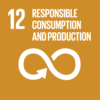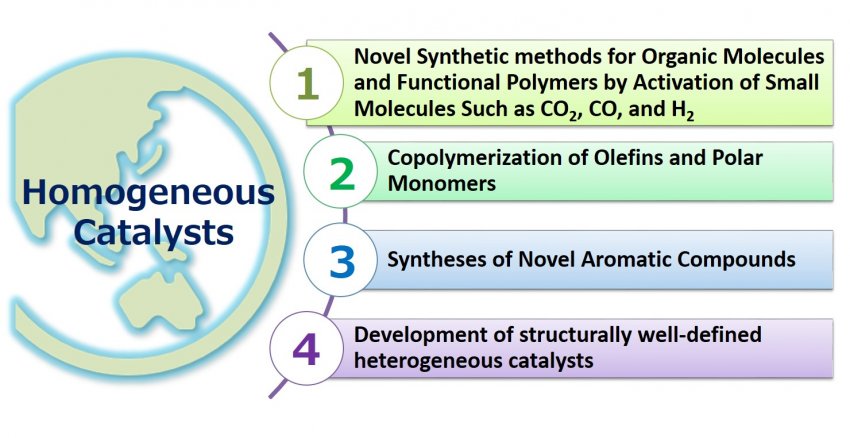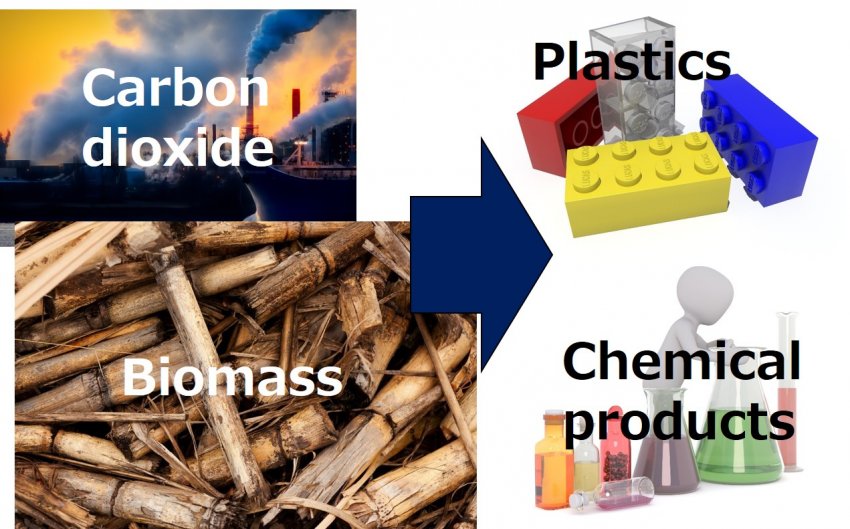Development of Novel Reactions and Materials Using Homogeneous Catalysts


Kyoko Nozaki
Graduate School of Engineering
Department of Chemistry and Biotechnology Professor
Our research aims at the development of novel organic reactions and functional materials by utilizing homogeneous catalysts as the key technology., Thus, we intend to contribute to sustainable social and economic developments by employing sustainable and readily available energies and starting materials. - Development of novel organic reactions. We have focused on the development of efficient methods for converting carbon dioxide as a readily available and cheap C1 source, and have found that a newly-developed Ir complex showed highest performance for the hydrogenation of carbon dioxide to formic acid using molecular hydrogen. We have engaged in the development of the copolymerization of olefins or epoxides with carbon dioxide. Recently, the copolymerization of butadiene and carbon dioxide has been accomplished, affording polymers of high molecular weight and CO2 content. In addition, the selective hydrogenolysis of arenols to arenes has been achieved using molecular hydrogen, which is expected to greatly contribute to refinery of biomass.
- Development of novel materials. We have mainly focused on the development of novel functional polymers and polycyclic aromatic hydrocarbons. For example, the copolymerization of ethylene and a large variety of polar monomers using newly-developed palladium catalysts has been realized. Also, various novel heteroatom-substituted polycyclic aromatic hydrocarbons have been successfully synthesized, which has showed specific physical and chemical properties. Our works have been highly received internationally, and have been widely covered by newspapers.
- Development of novel materials. We have mainly focused on the development of novel functional polymers and polycyclic aromatic hydrocarbons. For example, the copolymerization of ethylene and a large variety of polar monomers using newly-developed palladium catalysts has been realized. Also, various novel heteroatom-substituted polycyclic aromatic hydrocarbons have been successfully synthesized, which has showed specific physical and chemical properties. Our works have been highly received internationally, and have been widely covered by newspapers.
Related links
- Conversion of renewable resources to chemical products and materials
Research collaborators
- Shingo Ito (lecturer)
- Shuhei Kusumoto (assistant professor)
- Xiongjie Jin (assistant professor)
- Shuhei Kusumoto (assistant professor)
- Xiongjie Jin (assistant professor)
Related publications
- R. Tanaka, M. Yamashita, and K. Nozaki, “Catalytic Hydrogenation of Carbon Dioxide Using Ir(III)-Pincer Complexes”, Journal of the American Chemical Society, 131, pp. 14168-14169, 2009.
- R. Nakano, S. Ito, and K. Nozaki, “Copolymerization of Carbon Dioxide and Butadiene via a Lactone Intermediate”, Nature Chemistry, 6, pp. 325-331, 2014.
- S. Kusumoto, and K. Nozaki, “Direct and Selective Hydrogenolysis of Arenols and Aryl Methyl Ethers”, Nature Communications, 6:6296 doi: 10.1038/ncomms7296, 2015.
- Y. Ota, S. Ito, M. Kobayashi, S. Kitade, K. Sakata, T. Tayano, and K. Nozaki,“Crystalline Isotactic Polar Polypropylene from the Palladium-Catalyzed Copolymerization of Propylene and Polar Monomers” Angewandte Chemie International Edition, 55, pp. 7505-7509, 2016.
- R. Shintani, N. Misawa, T. Tsuda, R. Iino, M. Fujii, K. Yamashita, and K. Nozaki, “Synthesis of Quinoidal Fused Oligosiloles by Rhodium-Catalyzed Stitching Reaction and Theoretical Investigation of Their Properties”, Journal of the American Chemical Society, 139, pp. 3861-3867, 2017.
- S. Ito, Y. Tokimaru, and K. Nozaki, “Benzene-Fused Azacorannulene Bearing an Internal Nitrogen Atom” Angewandte Chemie International Edition, 54, pp. 7256-7260, 2015.
- R. Nakano, S. Ito, and K. Nozaki, “Copolymerization of Carbon Dioxide and Butadiene via a Lactone Intermediate”, Nature Chemistry, 6, pp. 325-331, 2014.
- S. Kusumoto, and K. Nozaki, “Direct and Selective Hydrogenolysis of Arenols and Aryl Methyl Ethers”, Nature Communications, 6:6296 doi: 10.1038/ncomms7296, 2015.
- Y. Ota, S. Ito, M. Kobayashi, S. Kitade, K. Sakata, T. Tayano, and K. Nozaki,“Crystalline Isotactic Polar Polypropylene from the Palladium-Catalyzed Copolymerization of Propylene and Polar Monomers” Angewandte Chemie International Edition, 55, pp. 7505-7509, 2016.
- R. Shintani, N. Misawa, T. Tsuda, R. Iino, M. Fujii, K. Yamashita, and K. Nozaki, “Synthesis of Quinoidal Fused Oligosiloles by Rhodium-Catalyzed Stitching Reaction and Theoretical Investigation of Their Properties”, Journal of the American Chemical Society, 139, pp. 3861-3867, 2017.
- S. Ito, Y. Tokimaru, and K. Nozaki, “Benzene-Fused Azacorannulene Bearing an Internal Nitrogen Atom” Angewandte Chemie International Edition, 54, pp. 7256-7260, 2015.
Contact
- Kyoko Nozaki
- Tel: +81-3-5841-7261
- Email: nozaki[at]chembio.t.u-tokyo.ac.jp
※[at]=@











